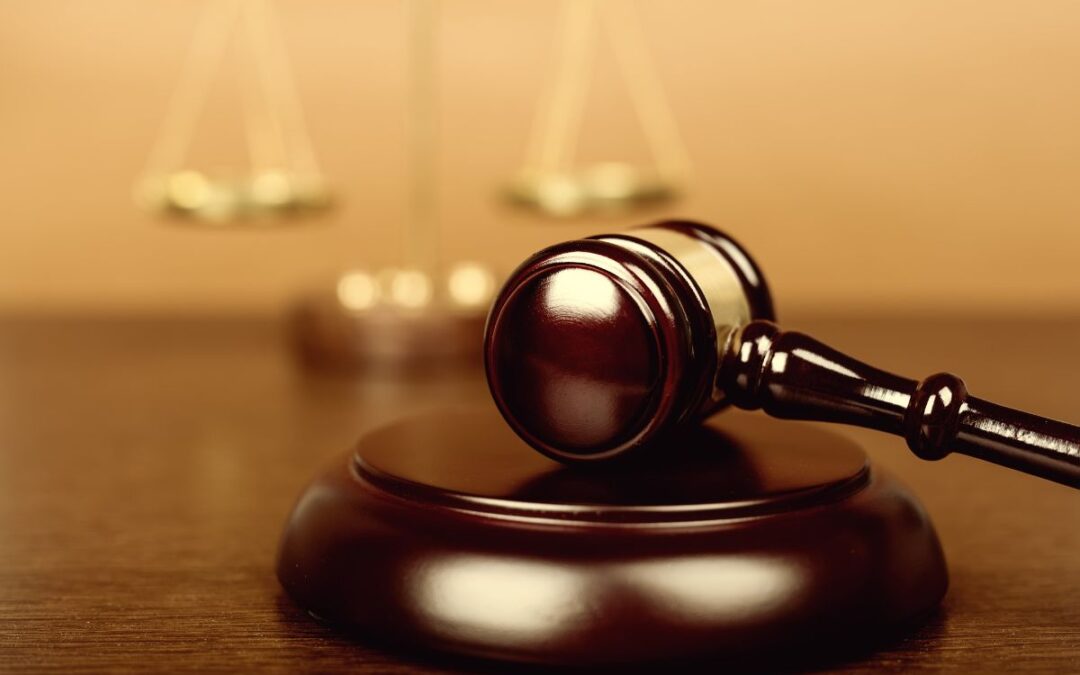The Kansas Supreme Court ruled in 2019 in Hilburn v. Enerpipe, Ltd that the state’s non-economic damages cap is unconstitutional. When someone becomes injured in a personal injury accident in Kansas, he or she can file a personal injury lawsuit. The person filing the lawsuit is called the plaintiff, and the plaintiff needs to prove that the defendant’s recklessness or negligence caused his or her injuries.
A plaintiff can recover economic damages and non-economic damages. Non-economic damages include pain and suffering caused by the injuries. The Kansas state legislature passed a law that capped the amount of non-economic damages that a jury could award a plaintiff. Now, there is no limit on how much a Kansas jury can award a plaintiff for non-economic damages in a personal injury lawsuit.
The Supreme Court’s Ruling is Good News for Personal Injury Plaintiffs
Kansas law that was found unconstitutional had capped non-economic damages for personal injuries at $325,000. Non-economic damages are more difficult to determine in personal injury lawsuits because they are less quantifiable. The court held that juries should be able to award the plaintiff’s the amount of non-economic damages they see fit. In especially egregious cases, such as when a plaintiff becomes paralyzed by another person’s negligence, most juries would see fit to award much more than $325,000.
Types of Non-Economic Damages
The Supreme Court held that Kansas has statutory limit on non-economic damages was unconstitutional. They determined that the law was unconstitutional because personal injury plaintiffs have a right to allow a jury to decide what compensation the defendant should pay. Non-economic damages include damages that compensate for a personal injury victim for past and future glasses that are non-monetary. Specifically, non-economic damages include compensation for bodily disfigurement, pain and suffering, loss of companionship, and consortium loss.
When a personal injury victim dies due to another person’s negligence, his or her estate can bring a wrongful death lawsuit against the negligent defendant. In these types of lawsuits, it is important to let the jury decide a fair amount to compensate the deceased’s family for their loss of companionship with the victim. Trying to put an exact number on this can be challenging because there are no charts or graphs available to show exactly how much a family should receive after their loved one’s death.
However, juries have historically awarded more non-economic damages in cases in which the plaintiff suffers serious bodily injury such as amputations, disfigurement, paralysis, and any other injuries that will negatively affect them for years to come. Likewise, when a person has passed away, the jury is more likely to award sizable non-economic damage amounts to the surviving families. In many cases, the more egregious the defendant’s behavior, the more non-economic damages the jury will award.
The Kansas Supreme Court: Contact an Experienced Personal Injury Lawyer Today
If you or your loved one have suffered a severe personal injury in Kansas or Missouri, Griggs Injury Law can help. Contact our law firm today to schedule your initial consultation.


